New Talent
Revolutionizing Environmental Problem-Solving
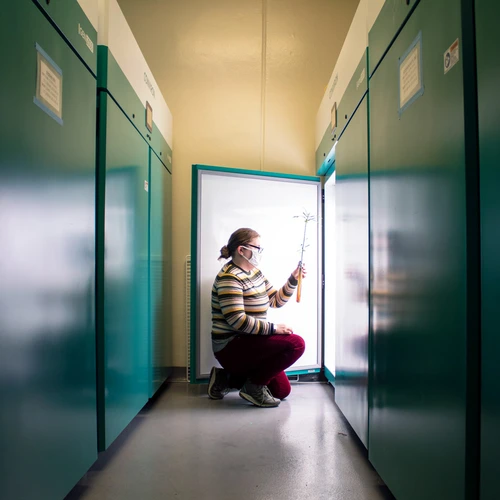
The history of Carnegie’s Department of Embryology follows a trajectory of innovation that began over 100 years ago with formative research on human embryonic development. In each subsequent decade, generations of Carnegie investigators developed novel techniques and pushed deeper and deeper into understanding the cell, leading to our groundbreaking ability to isolate and manipulate genes in test tubes.
The department is now entering its next phase of discovery, one that explores not just an individual gene or tissue or organism, but how relationships between species in a community. This direction holds great promise for understanding the ecosystems in which we live and offering solutions for preserving our environment. When two new experts joined Embryology in 2020, it signaled decisive step toward this new approach.
Staff Scientists Brittany Belin and Phillip Cleves are already expanding the limits to our understanding of life—building on Carnegie’s expertise in model organism development to reveal the fundamental biology of symbiotic interactions between species. These mutually beneficial relationships are vital for both human and environmental health—but their genetic underpinnings have largely remained a mystery.
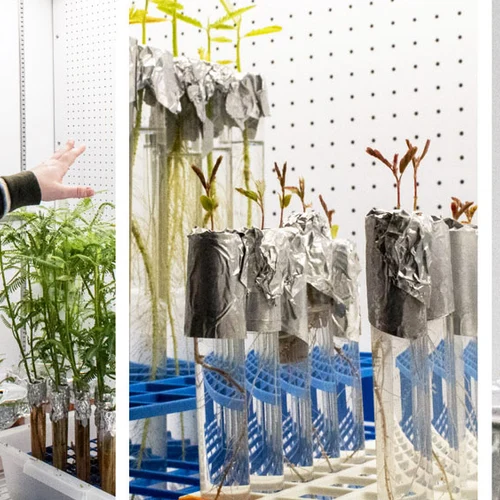
The Belin Lab uses cell biology tools, including advanced microscopy and modeling approaches to study the biology of rhizobia, soil bacteria that can convert atmospheric nitrogen gas into plant-fertilizing ammonia. Rhizobia form intimate symbioses with edible legumes like soybeans and peas, serving as sustainable alternatives to synthetic fertilizers.
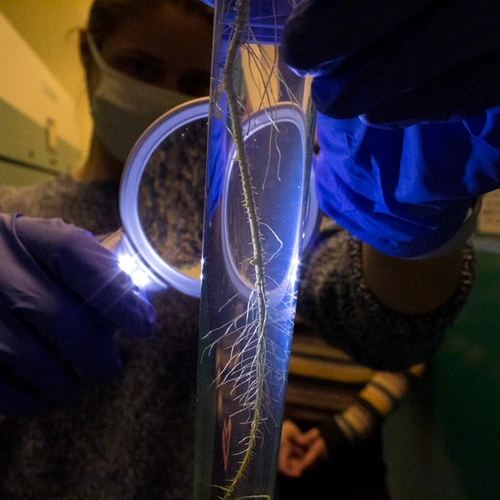
This type of mutually beneficial arrangement with specific bacteria can keep plants healthy in the face of climate change. By understanding the mechanics underpinning this natural phenomenon, Belin hopes it can be harnessed to transform global agriculture. One day, bacteria could help to naturally and sustainably feed the world’s rapidly growing population.
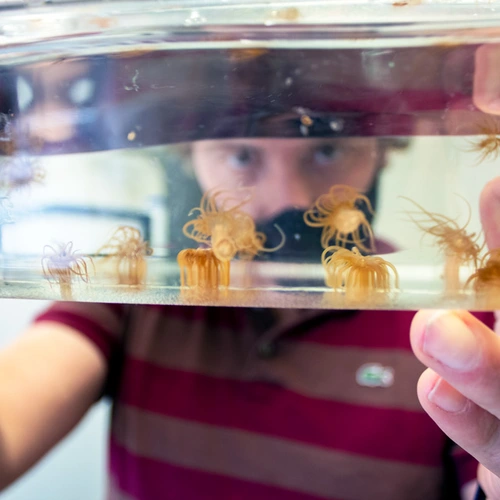
The Cleves Lab uses similar methods—combined with advanced genetic tools such as CRISPR/Cas9 genome editing—to curb the worldwide decline of coral reefs caused by climate change. The rising temperature of the world’s oceans is forcing corals to oust the nutrient-supplying photosynthetic algae that live within their cells, a process called “bleaching,” causing the corals to starve. As major biodiversity hotspots, their loss looms large, causing significant damage to global economies and human health.
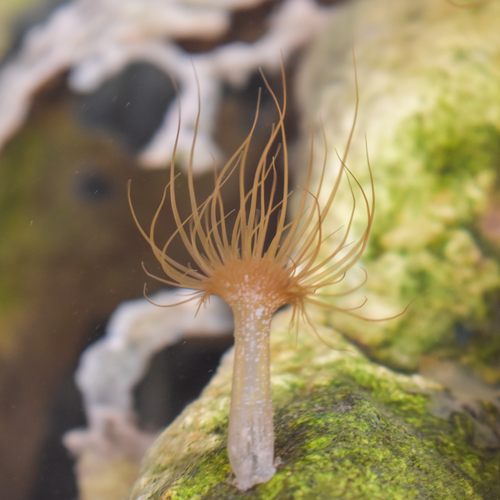
As a postdoctoral researcher, Cleves was the first person to develop and apply CRISPR/Cas9 genome-editing technology for use in coral. Now he is deploying this game-changing tool to study the anemone Aiptasia, a new model system for understanding coral biology. Cleves investigates the genes that enable the symbiotic relationship between corals and the food-supplying algae that live inside their cells. This arrangement is crucial to coral health—but breaks down when they experience heat stress, such as that caused by warming oceans.
With this pivot, Embryology has established itself as the home for applying modern molecular biological techniques to urgent environmental challenges. This approach exemplifies the bold, transformative boundary pushing that has been the department’s hallmark for a century.
A New Global Ecology
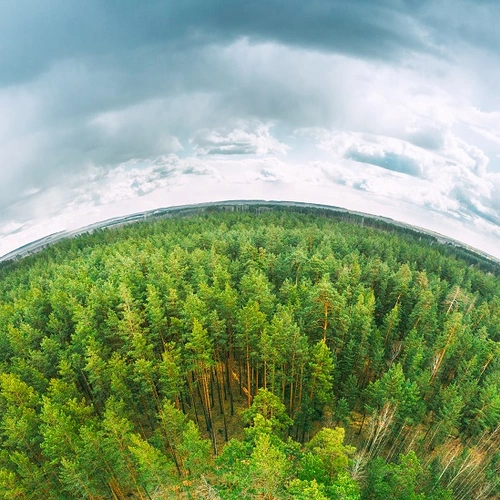
New powerhouse scientific talent with broad expertise ranging from marine and freshwater biogeochemistry to terrestrial ecosystem science to climate change adaptation and mitigation are burnishing the already sterling reputation of Carnegie’s Department of Global Ecology for addressing the most urgent questions surrounding the sustainability of the Earth System.
Four new faculty joined department in 2022, and Evolutionary geneticist Moises Exposito-Alonso, who joined Carnegie’s Department of Plant Biology as a Staff Associate in late 2019, was also granted a joint appointment.
The new faculty come from a variety of disciplinary backgrounds, but their work is interwoven by a common thread of revealing how interactions between human activity and Earth’s natural systems manifest themselves at regional to global scales. This understanding is critical for developing successful climate mitigation and adaptation strategies.
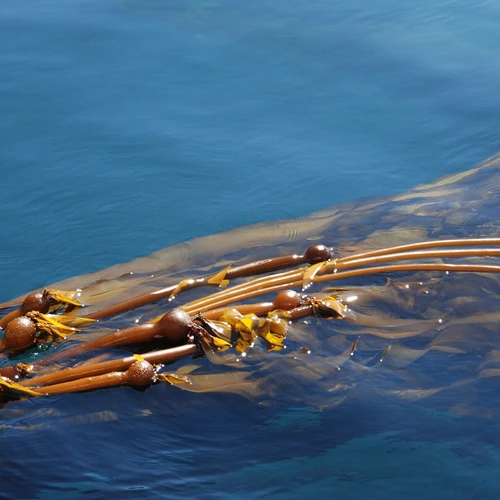
Elena Litchman joined the department from Michigan State University, where she was an MSU Foundation Professor of Aquatic Ecology. She studies phytoplankton, which form the foundation of the aquatic food chain, with a particular focus on how environmental factors, including climate change, influence microbial community structure.
Emily Zakem explores how marine microorganisms affect, and are affected by, the climate system at large scales. A member of Carnegie’s prestigious early career Staff Associate program, she arrived from the University of Southern California, where she was a Simons Foundation Postdoctoral Fellow.
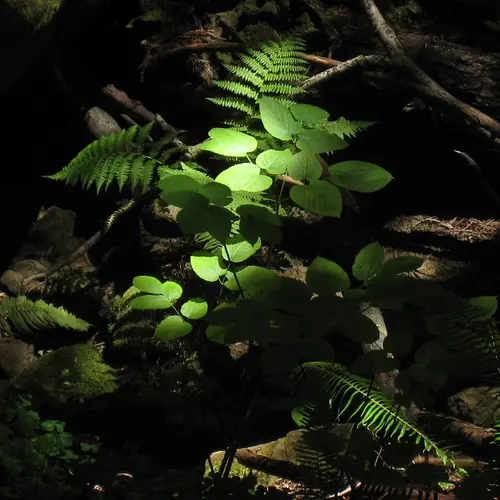
Another new Staff Associate, Lorenzo Rosa, joined Carnegie from the Institute of Energy and Process Engineering at the Swiss Federal Institute of Technology (ETH) in Zurich, where he was a postdoctoral fellow. His work aims to assess the potential benefits and unintended climate and environmental consequences of innovations engineered to satisfy the increasing global demands for energy, water, and food.
Lastly, Jeffrey Dukes will join the department in May from Purdue University, where he directed the Purdue Climate Change Research Center and is currently a professor in departments of Forestry & Natural Resources and Biological Sciences. His research elucidates how ecosystems respond to environmental pressures, including climate change and invasive species.